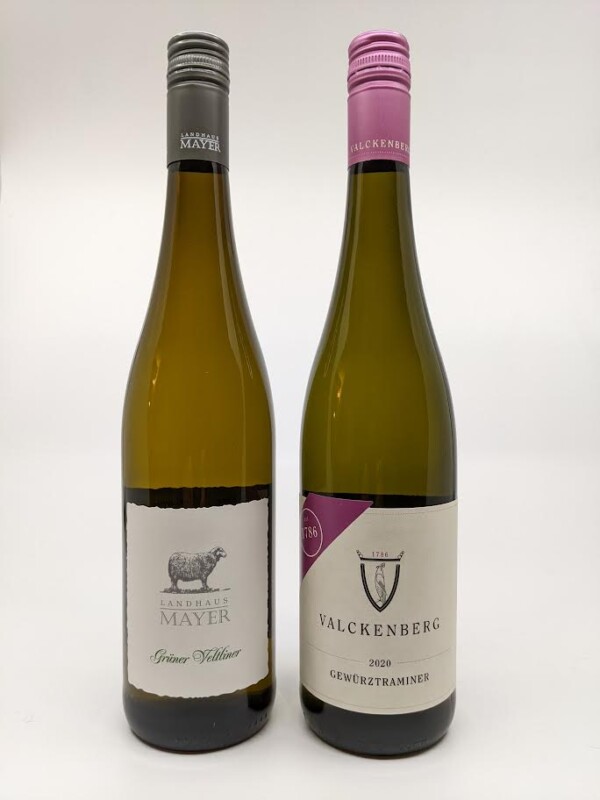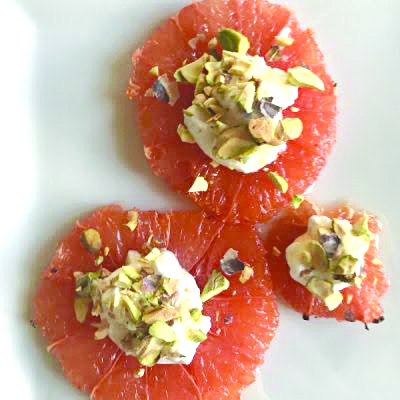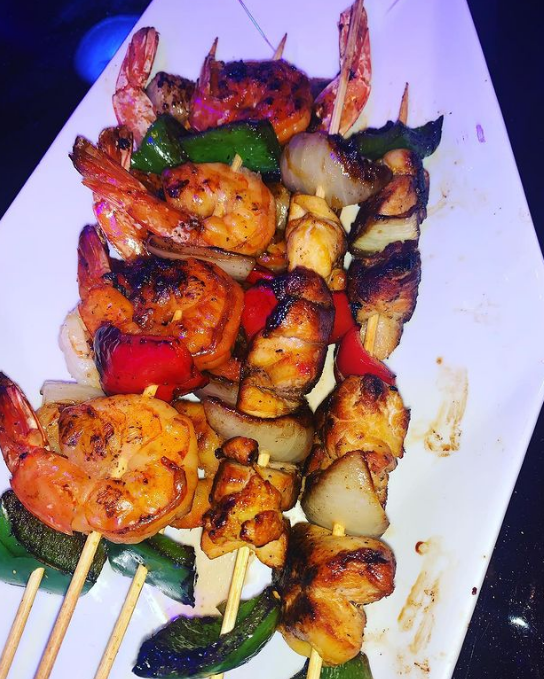Rediscover the wines of Germany and Austria
German and Austrian wines are often “forgotten wines,” wines that are not typically a “first choice” among those selecting wines, and that is unfortunate. The New Hampshire Liquor & Wine Outlets carry a paltry inventory of these wines. My wife and I gather with a group for a monthly wine tasting. It is both a social event and a lesson in exploring lesser-known wines. When we decided to try out German and Austrian wines, we had to travel to the Boston area for a more expansive inventory of what is available here in New England. The wines offered in this column are two of the more readily available wines to be found in New Hampshire.
Our first wine, the 2020 Landhaus Mayer Grüner Veltliner (originally priced at $13.99 and reduced to $11.99 at the New Hampshire Liquor & Wine Outlets until Feb. 27), is a good example of an Austrian white wine from Wien (Vienna), Lower Austria. Some critics of wine coming from this part of Austria consider the residents and tourists of this area to be undemanding of their wine, leading to “sloppiness” in its quality and production. Landhaus Mayer is a winery that runs counter to this perception. It has established a cooperative with the vineyard owners of this region to properly care for and cultivate their vineyards from pruning to the optimal harvest time. Gerhard J. Lobner, production manager of Landhaus Mayer, is a force in the production of quality wines, including riesling, rosé, zweigelt, and, of course, grüner veltliner.
This is a medium-bodied wine with elegant spicy aromas. It is refreshing and is perfect for pairing with dishes, including grilled chicken or pork, or to enjoy with a snack or sandwich. The color is light straw and to the nose there are notes of grapefruit. To the tongue there is a pleasant citric acidity with some herbal spiciness. It should be served cooled and would be perfect with Wiener schnitzel as its citric notes will complement the butter and lemon in the dish. This wine is a young wine and as such lacks aging potential. It should be consumed within two years of its vintage. Therefore, in purchasing this wine to serve at your next dinner party of Austrian cuisine, plan early, as this 2020 vintage is at its prime today.
Our second wine, the 2020 Valckenberg Gewürztraminer (also originally priced at $13.99 and reduced to $11.99 at the New Hampshire Liquor & Wine Outlets until Feb. 27), hails from Westhofen, along the Rhine River Valley, in the Palatinate region of Germany. Westhofen is known for its vineyards, with almost 2,000 acres planted, 69 percent in red wine varieties and 31 percent in white wine varieties. It is Germany’s fourth-biggest wine-growing region after Worms, Nierstein and Azey, all located along the Rhine. The soils of this region are gravelly limestone, which add a trace of minerality to the grapes.
For over 230 years P.J. Valckenberg has acted as an ambassador for wines of this region; that is, they purchase wines from 33 of the best vineyards of the Rhine and Mosel River regions. They provide these small vineyards, mostly consisting of well under 100 acres each, a worldwide market for their fine vintages.
This wine had a dry growing season from start to finish resulting in a near perfect grape to create a near perfect wine. With its light straw color and floral notes to the nose, it comes to the tongue with notes of pear and peaches. It is slightly sweet with just the right finish. It is ideally suited to pairing with pork or rich fish such as salmon or tuna, and its slight sweetness is ideal as an accompaniment to spicy foods. This wine is a great value and because of its semi-sweetness it can be cellared for up to five years.
These are two decidedly different wines worthy of exploration. Broadening our palates with new and different varietals and wines will not only lead us to new experiences but may spur the industry to expand inventories to satisfy our curiosity and expanded knowledge of wine.
Featured photo: Courtesy photo.







